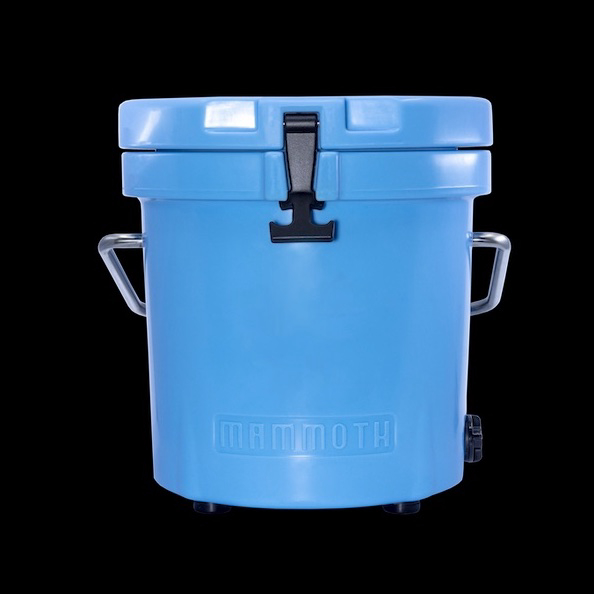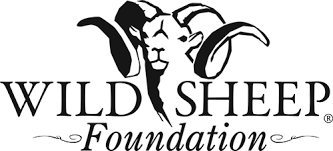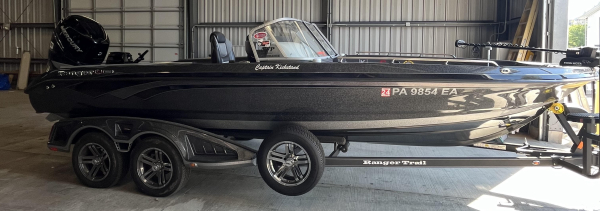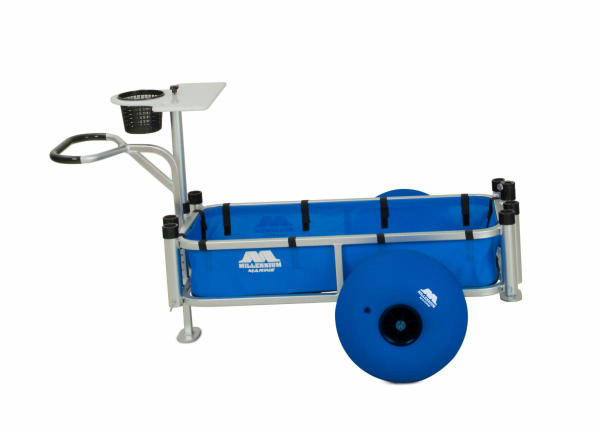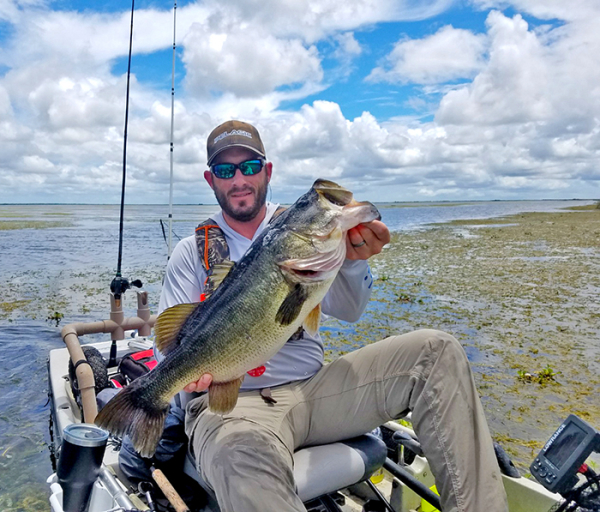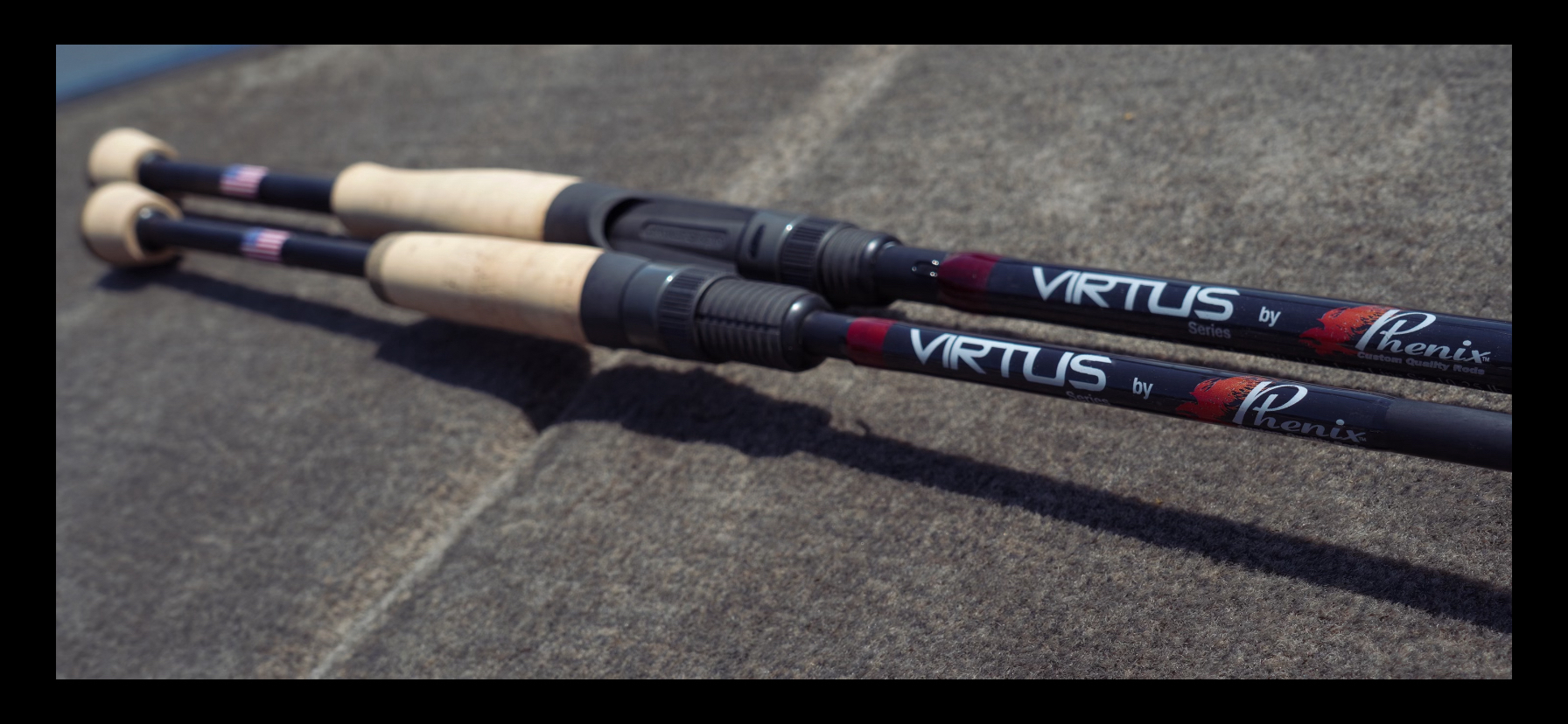ProSport Waders Are Built for Outdoor Performance

Minden, LA — ProSport Waders from ProSport Outdoors offer comfort, durability, and protection for any adventure.
Featuring flexible 4.5mm neoprene, the waterproof waders offer a comfortable fit and quality performance. Polyester padding running from the rubber boots to the chest provides added warmth, while a rugged sole design offers superior traction on any surface. Adjustable shoulder straps allow for a custom fit.
A variety of pockets, including a hand warmer pocket and a waterproof pocket, provide plenty of space for storing gear. Reinforced stitching in high-wear areas helps extend the life of these durable waders, and D-links on strap bases allow for hooking on additional accessories.
ProSport Waders are available in styles for men, women, and youth in a variety of colorways. To learn more and browse the full ProSport Outdoors lineup, visit prosportoutdoors.com. Read more

